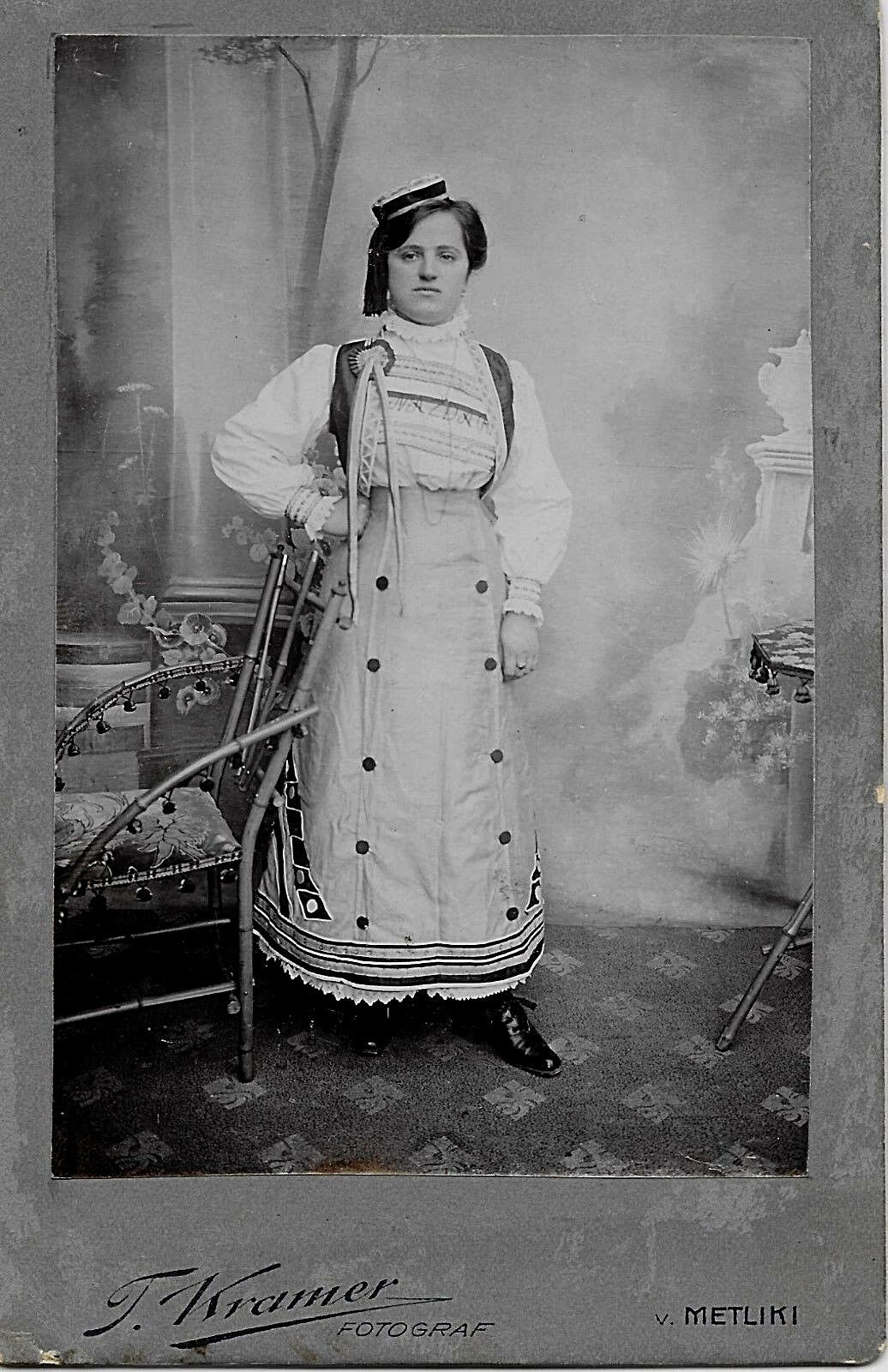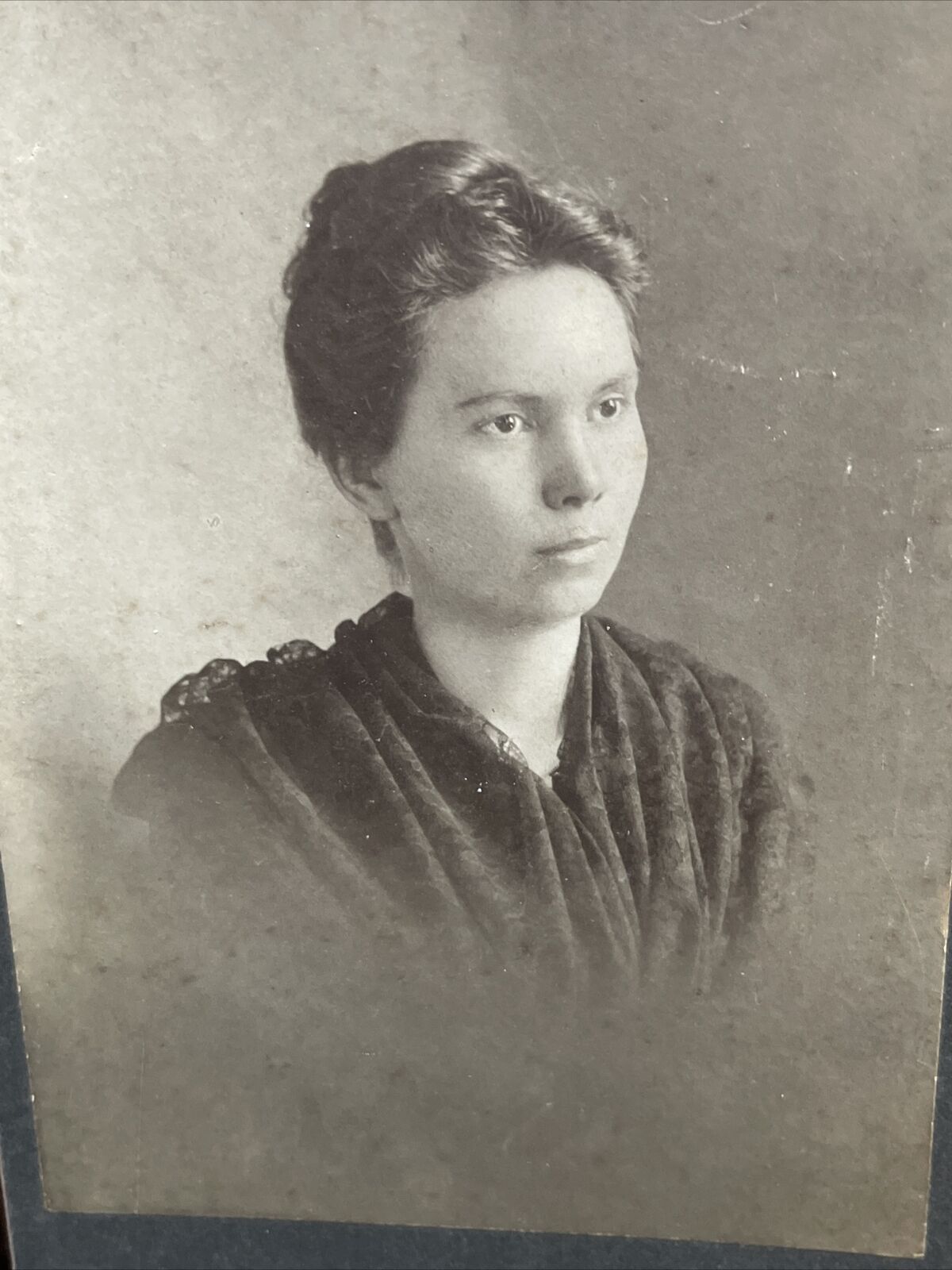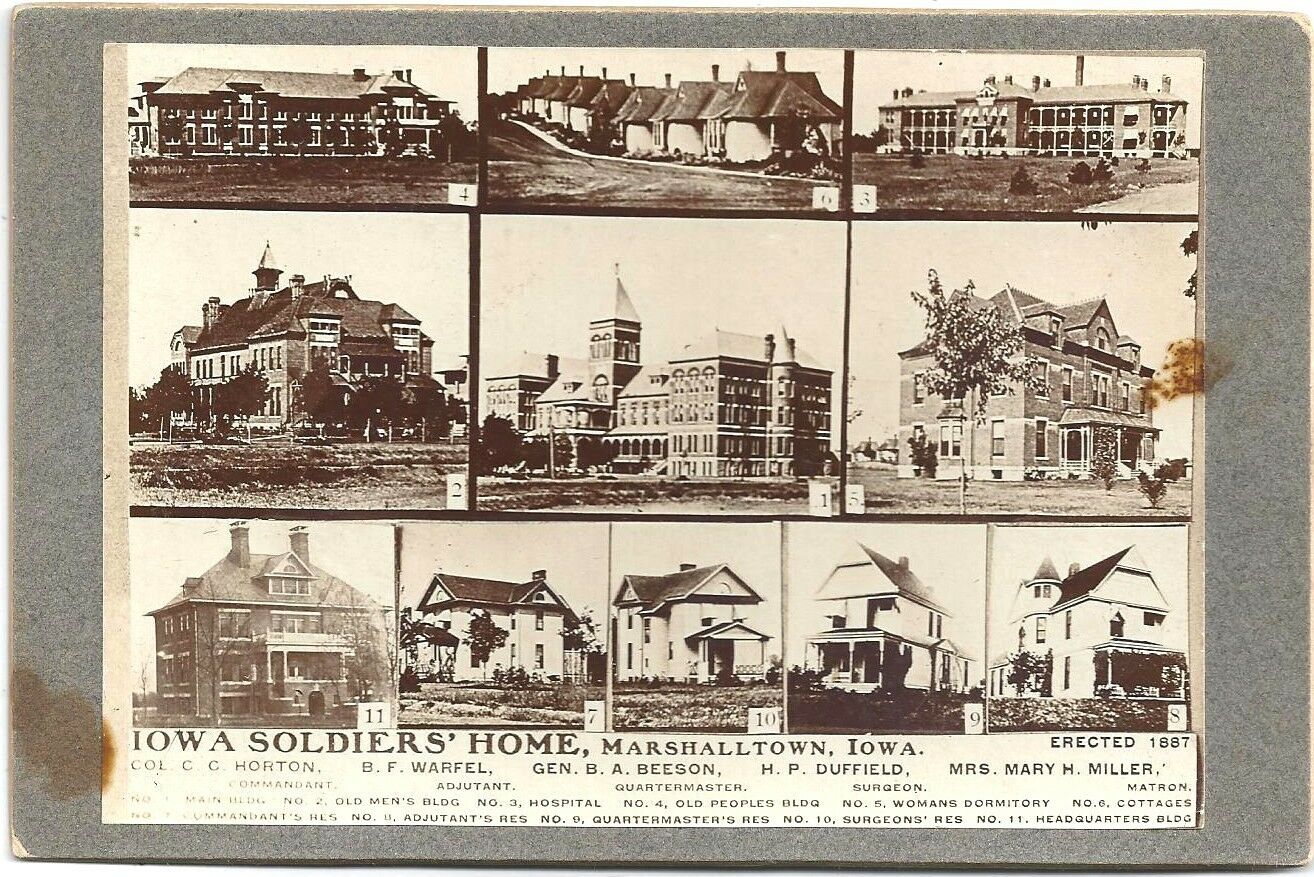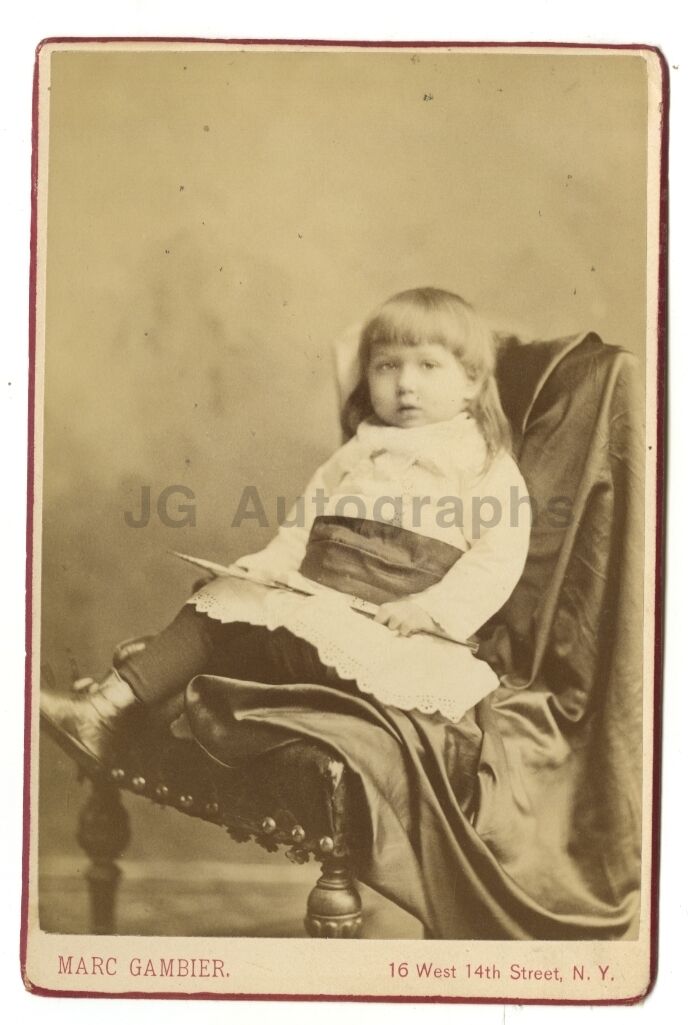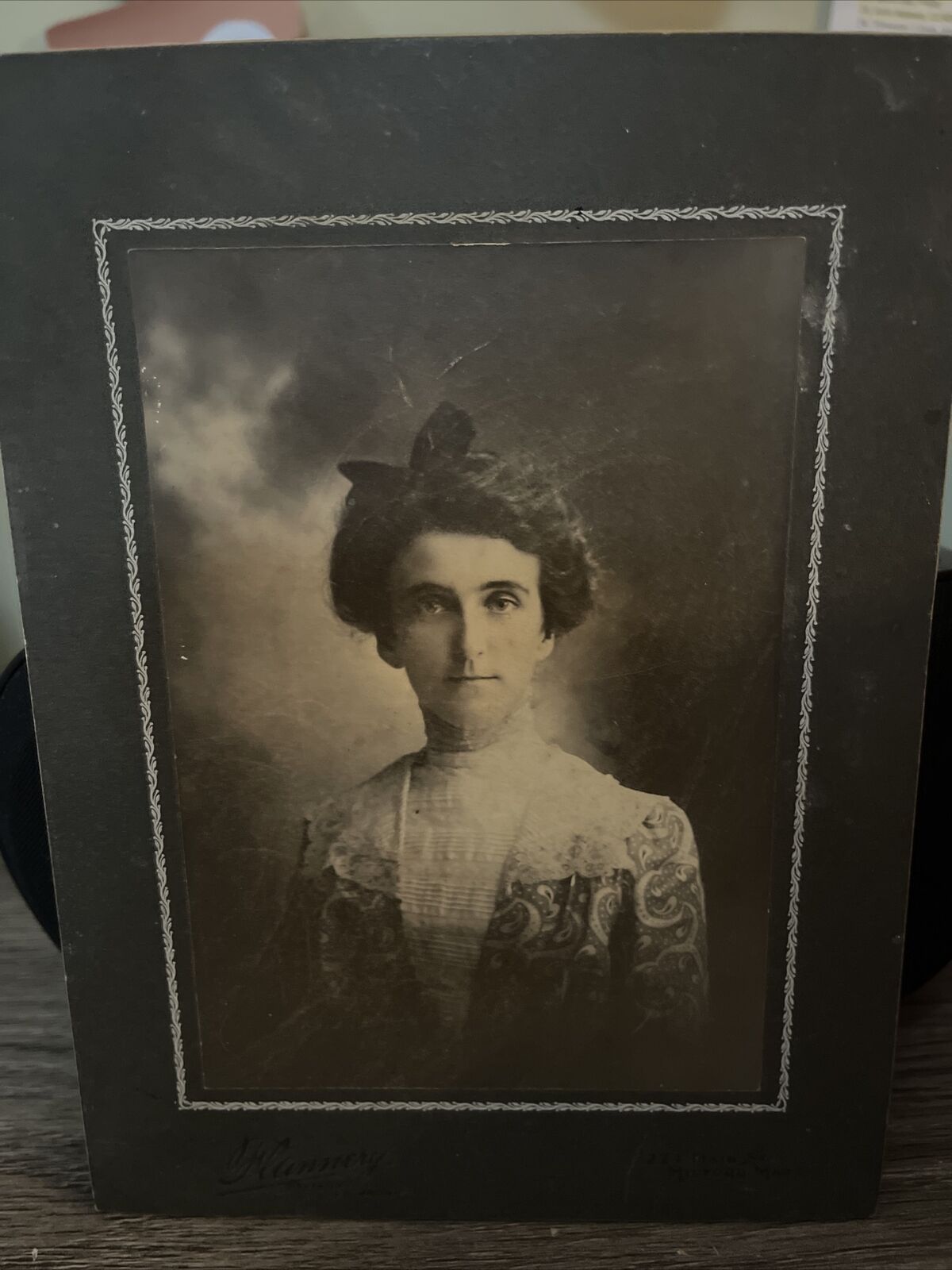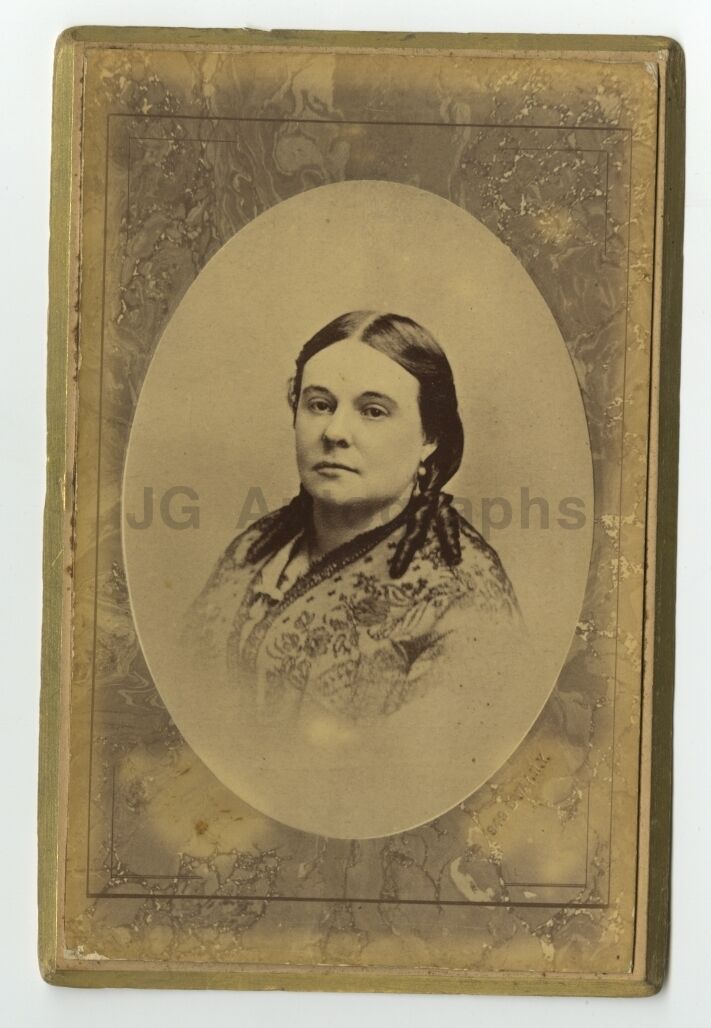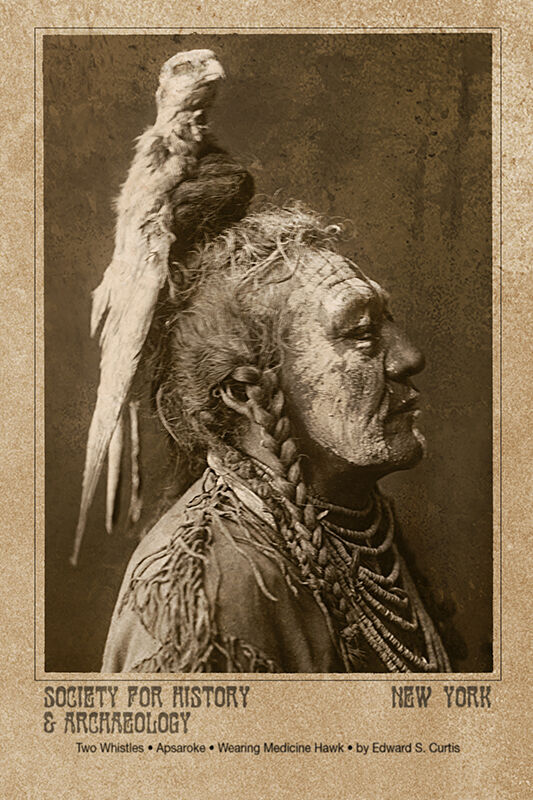-40%
FLORENCE NIGHTINGALE Cabinet Card Photograph Vintage Photo A++ CDV
$ 4.74
- Description
- Size Guide
Description
Handmade historical reproduction Cabinet Card ofFlorence Nightingale
. The photograph is a Fujifilm Archival Quality Matte Print from the original photograph. Each card has a short bio on the reverse which makes it useful as a history teaching tool in addition to interesting, enjoyable and informative art.
AND includes a rare reprinted image of her autograph!
From the Back Bio -
Florence Nightingale
, OM, RRC (12 May 1820 – 13 August 1910) was a celebrated English social reformer and statistician, and the founder of modern nursing. She came to prominence while serving as a manager of nurses trained by her during the Crimean War, where she organised the tending to wounded soldiers. She gave nursing a highly favourable reputation and became an icon of Victorian culture, especially in the persona of “The Lady with the Lamp” making rounds of wounded soldiers at night…
Card measures approximately 4.75" x 7.”25
First Class Shipping in US. See Ebay Global Shipping Program for International.
The cabinet card was a style of photograph which was widely used for photographic portraiture from the 1860’s through the early part of the 20th Century.
It consisted of a thin albumen photographic paper print mounted on a card typically measuring 4¼ by 6½ inches (108 by 165 mm). They are often confused with Carte de Visité (CDV), a similar but smaller format introduced around 1854 in France. CDV’s were very popular during the American Civil War. They tended to be much smaller in a standard 2-1/2" x 4" format.
“Cabinet Card” portraits were often presented and exchanged by individuals of position, and social standing. They came to often replace the “calling card” as a currency of social exchange and introduction. They were often kept and displayed in glass “cabinets” to demonstrate acquaintance or connection in some way with the notables pictured in the portraits.


